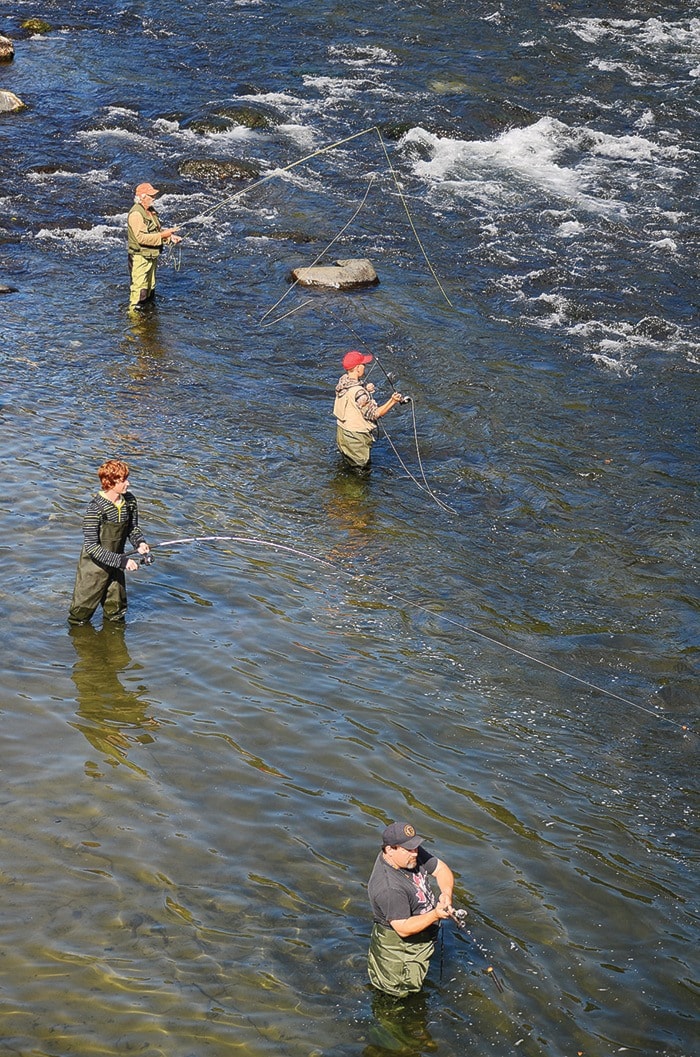From now through the middle of February, the public is being urged to be careful around the banks of the Campbell River.
According to BC Hydro spokesperson Stephen Watson, Hydro will be adjusting both the level of the reservoirs and the power coming into the grid from now until Feb. 15.
“We are now within a six week period where BC Hydro is allowed, within our water use plan, to adjust operations at the John Hart facility to respond to electric system demands, planned outages within our grid system, and to make the most economic use through market conditions of water stored in our reservoirs,” Watson says.
Those “planned outages,” however, won’t be something the public notices, nor will the increased flow within the river, unless you’re out there standing in it.
“The ‘planned outages’ wouldn’t be a local circuit, it’ll be a transmission line circuit, and there’s nothing planned in that area, but if we do that we’ll have to use local generation to take up the load,” Watson says, so it’s not like various neighbourhoods will be going dark periodically or anything.
The flow changes – and therefore amount of power generation happening – will be done in response to energy demands.
“Right now, with the weather being cold, the electricity demand is high, particularly in the morning and dinner peaks, so what we can do is we can lower our discharges down at night when the demand is down and then during the day we can increase generation to respond to the demand.”
This warning is mainly for the anglers who are out standing in the river, Watson says.
“There are people still out there fishing in the river,” Watson says. “They’re not fishing for salmon at this time of the year, they’re fishing predominantly for steelhead, so want to tell people that we’ll try to do it mainly at night, but sometimes even during the day flows can change so they need to be aware of that.”
The flexibility is afforded the company at this time of the year, Watson says, because they need to work within the life-cycle of the fish that live in the river.
“Salmon eggs are in the gravel and there are no adult salmon; they’ve finished the spawning cycle,” Watson says. “Fish habitat is fully covered with water at about 80 cubic metres per second and BC Hydro will not go below that level. Flows may adjust from about 80 m3/s up to 124 m3/s for hours at a time before going back down to 80 m3/s.
“We ask that fishers that may be in or around the river to be aware of this operational flexibility and to be cautious during this six-week period,” Watson says. “We will try to ramp up the flows in the early morning before daylight, but the timing of flow changes ultimately depends on electric system conditions and how much water is available in the Campbell River system reservoirs.”
